
Le Alpi, l’Uomo e l’Orso
 Filippo Favilli
Filippo Favilli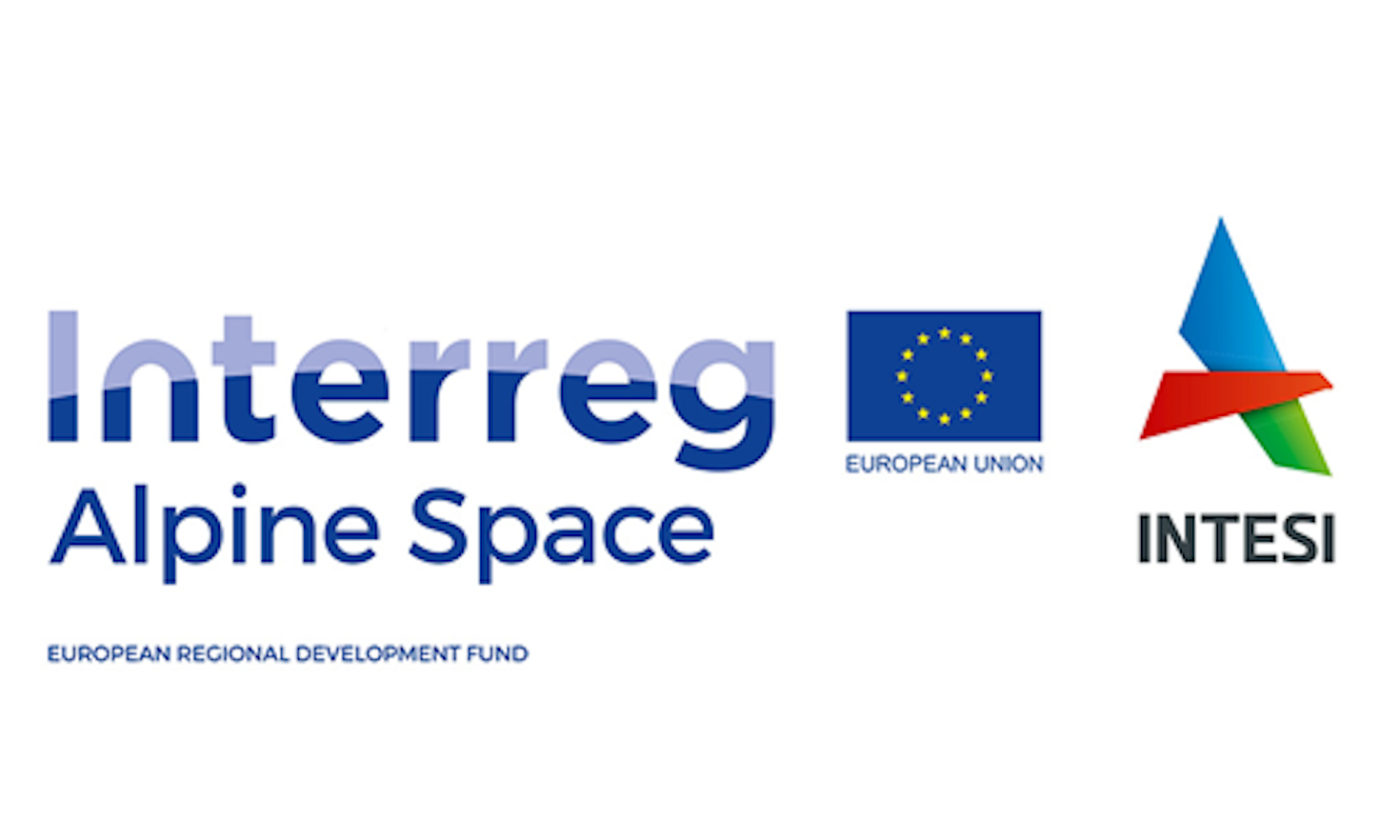
The design and delivery of services of general interest (SGI) are a prerequisite for attaining a high location quality and equipollent living conditions in the Alpine space. Various authorities and service providers at different levels are responsible for providing SGI. Up to now, SGI are still applied in a strictly sectoral approach, which leads to isolated solutions and prohibits synergies between different SGI and the effective assignment of public money. By fostering horizontal and vertical integration of SGI and in combination with integrated, territorial strategies, the Alpine Space project INTESI seeks to break up the pure sectoral approach. The Swiss Centre for Mountain Regions (SAB) located in Bern is leading the three year project and collaborates with ten partners from five Alpine countries and eleven observers, who share their know-how and expertise in the project consortium of INTESI.
Main Targets – INTESI’s main objective is to analyse the feasibility of delivering SGI via an integrated, territorial approach in ten test areas (TAs) across five Alpine countries (Italy, Austria, Slovenia, Switzerland and France). Therein, the focal SGI regard the sectors of telecommunication, transport, basic goods, health, social care and education. The EURAC Institute for Regional Development has designed regional profiles to compare the current SGI delivery of the TAs according to their availability (GIS maps), accessibility (spatial-statistics) and service quality (workshops and interviews). Future challenges, needs and potentials for cooperation and integration have been assessed through qualitative interviews to optimize the delivery of SGI in mountain areas. Finally, the INTESI think tank members, consisting of SGI providers, authorities and other stakeholders, will valorise the project’s recommendation on SGI issues. This input provides an essential contribution to the second pillar of the EUSALP strategy “Ensure accessibility and connectivity for all inhabitants of the Alpine Region” including the EUSALP Action Group 5 “Connect people electronically and promote accessibility to public services”. Moreover, the findings of the project will contribute to the Alpine Space Programme objective 2 – “Increase capacities for the delivery of services of general interest in a changing society”.
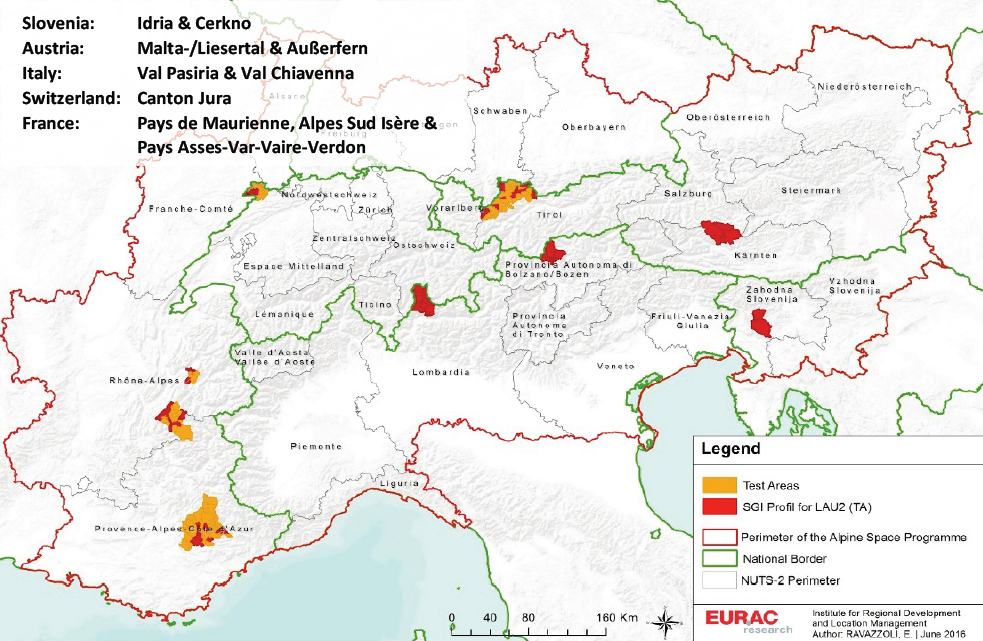
Fig. 1: Distribution of the INTESI test areas the Alpine Arc.
Preliminary results – The EURAC Institute for Regional Development presented preliminary results of the elaborated regional SGI profiles, at the Midterm Conference at Dellémont in Switzerland (23.02.2017). Emphasize was put on showing the GIS maps and statistics to point out the geographic allocation of service facilities in the TAs. Hereof, the differences of accessibilities by public transport and by car of five SGI – supermarkets, general doctors, chemist shops, kindergartens and primary schools – were highlighted. As expected, meaningful differences are noticeable between SGI within municipalities and among TAs. For deriving a valuable comparison, benchmarks from the German research programme MORO, were selected, to indicate the percentage of resident people, who can access a particular service-facility within a certain time. Sometimes, in mountain, peripheral areas, not even 50% of the population, like in the case of Slovenia, can access a service via public transport within the foreseen time-benchmark.
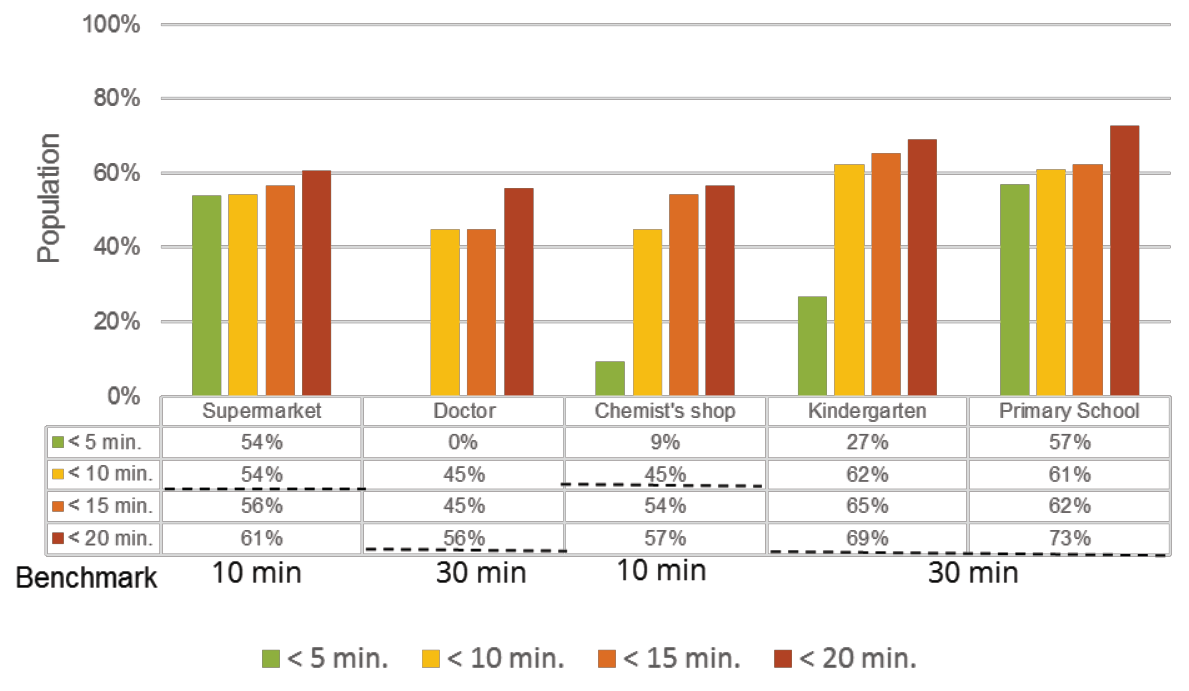
Fig. 2: Accessibility of SGI by public transport in the TA Slovenia.
The structure, compactness and geomorphology of the settlements have a big influence on the accessibility of SGI. As in the Slovenian case, the important SGI are concentrated in the principle towns of Idrija and Cerkno. Doctors only exists in these two places. The peripheral settlements are integrated in the public transport network, but travel times are long.
Particular in Pays di Maurienne, Lieser-/Maltatal and Slovenia, it seems to be difficult for the local population, to access SGI by public transport. Particularly, in Slovenia a big variation in the travel times by public transport is noticeable. Whereas, in Valchiavenna, the poor public transport service is compensated by the decentralized supply of SGI in the mountain municipalities. The test area of Tyrol, deals with its remote settlements by ensuring a good SGI- supply and connectivity by public transport. Settlements of the test areas in France are not as dispersed as in the other countries. Therefore, the majority of people can access SGI in a reasonable time by public transport.
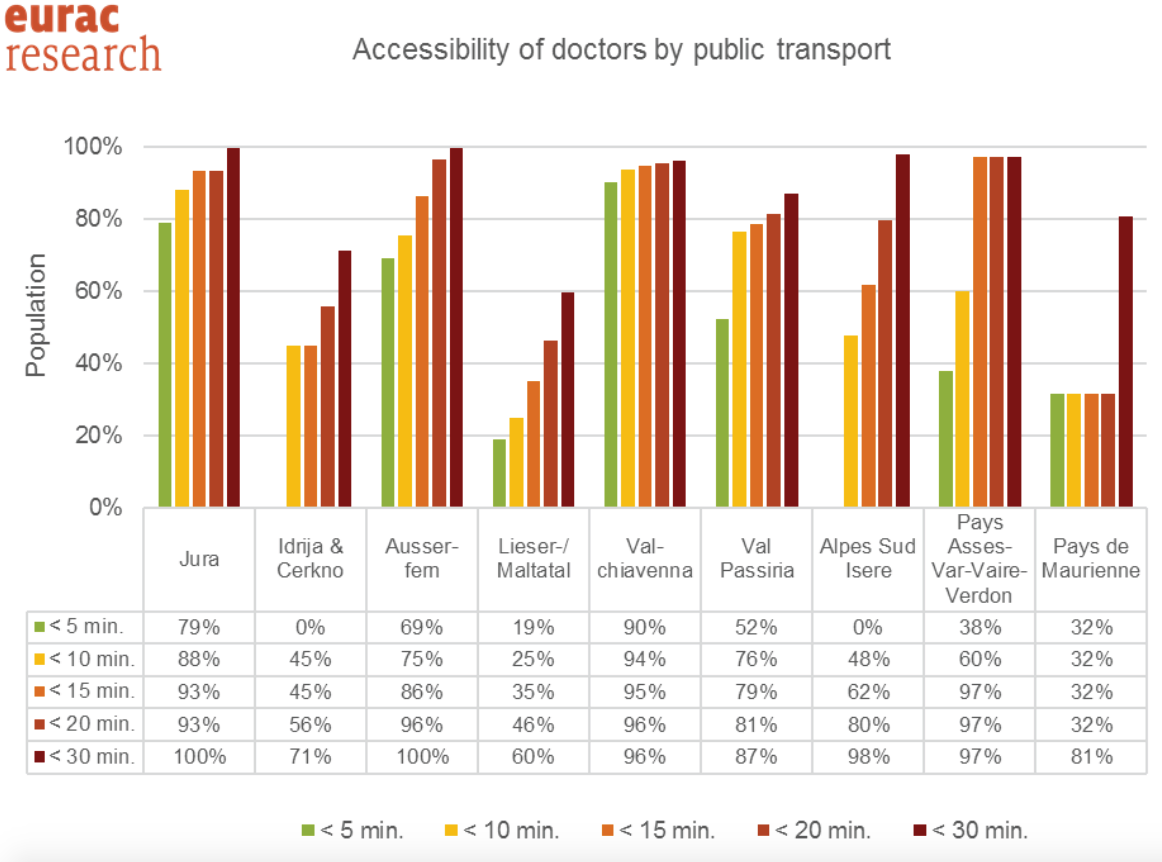
Fig. 3: Accessibility of doctors by public transport.
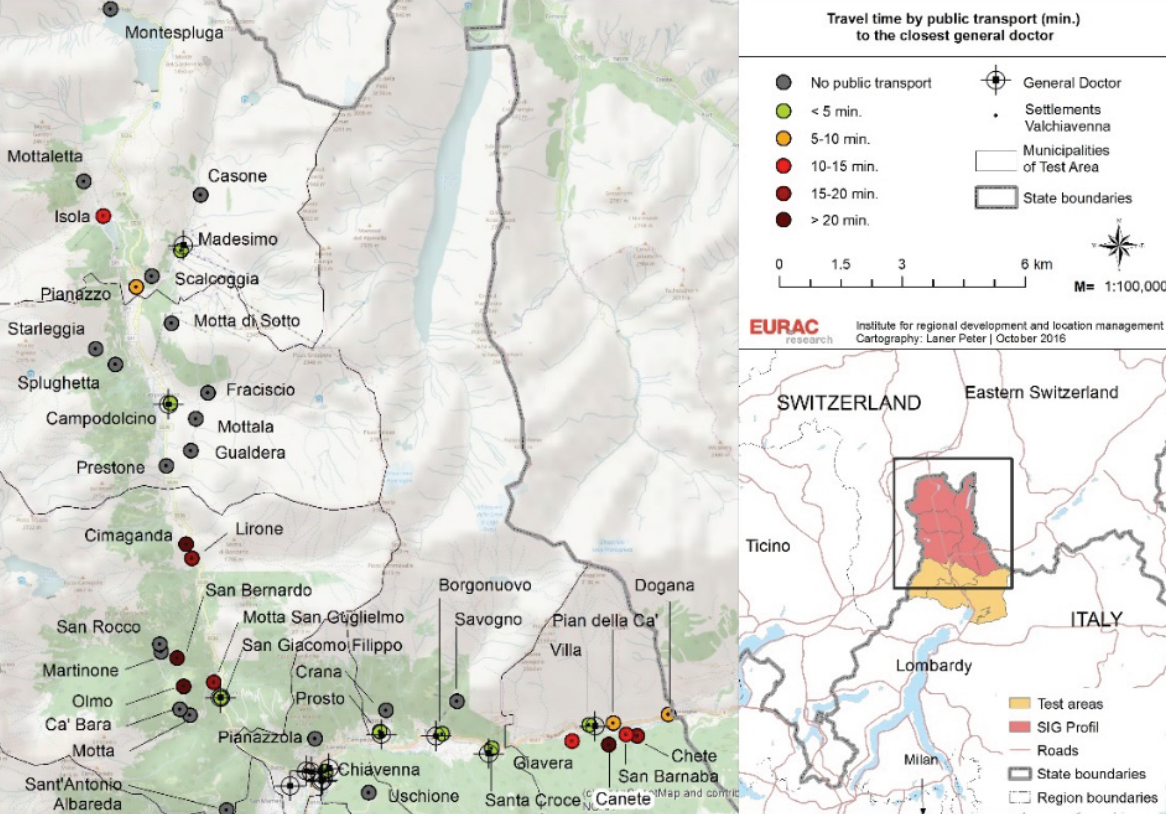
Fig. 4: Accessibility of doctors in Valchiavenna, Italy.
First comparisons of travel times to regional services like airports or the provincial capital by car show that people require more than 85 minutes or longer. Instead, other regional or trans-regional services, like train stations and hospitals are reachable in about 10 to 50 minutes by car.
The problem to overcome long distances is not just an issue of road infrastructure, but also a matter of public transport facilities and the establishment of fast communication infrastructure (broadband internet) and smart logistical and organizational solutions. Nearly all test areas are working on establishing broadband internet for a better communication, which enables new “tele” solutions from e-commerce to telemedicine and many more.
Output-orientated service delivery – The perception of the quality and accessibility of services is different between citizens in peripheral areas compared to the expectations of urban citizens. Therefore, the project partners carried out qualitative expert interviews to survey the quality of the SGI delivery and the needs of the population in the test areas.
Based on the demographic forecast, the EURAC researchers determined equally the need for services for the ageing society in all test areas. It is likely that public transport, social and health care will claim an even higher demand in the future, whereas the requirements for extending school and kindergarten services will become less important. The installation of telecommunication- technologies and digitalization facilities bear potentials to overcome space and time issues of service delivery. Hereby, the touristic driven destinations and their high demand for different services, makes it economically and politically easier to cope with the requests for infrastructure of SGI.
As we can see, the delivery of SGI across different territories is characterized by disparities in accessibility but also quality. Based on the preliminary results from the test areas, the INTESI consortium will derive ways to develop integrated strategies that can improve the service-supply of SGI in remote alpine areas. Finally, the integrated territorial approach of INTESI tends to attain an output orientated service delivery. The delivery of public services is fundamental to enable equipollent living conditions as they provide the preconditions for individual self- fulfillment, social inclusion and territorial cohesion.
Project homepage: http://www.alpine-space.eu/projects/intesi
Contact person: christian.hoffmann@eurac.edu
This content is licensed under a Creative Commons Attribution 4.0 International license.